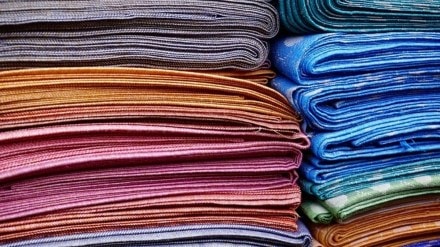As many as 56 successful applicants for the production-linked incentive (PLI) scheme for the textiles sector have so far made an investment of Rs 1,536 crore, the textile ministry said on Monday.
The government had received applications under the scheme from January 1, 2022, to February 28, 2022. “Selection Committee chaired by secretary (textiles) has selected 64 applicants under the scheme. 56 applicants have completed the mandatory criteria for the formation of a new company and approval letters have been issued to them,” according to an official statement.
The ministry had selected companies–including Shahi Exports, Arvind Mills, Gokaldas Exports and Monte Carlo–under its first PLI scheme for man-made fibre and technical textiles products. Incentives of Rs 6,013 crore are to be extended to them over a five-year period, which represent 56% of the Rs 10,683 crore that the government had initially earmarked for this scheme. According to sources, the government will likely use the remaining funds to launch the second PLI scheme for the textile and garment sector, instead of spending it elsewhere.
The current textile PLI scheme covers 50 man-made fibre (MMF) garments, 42 MMF fabric products and 10 technical textile items. It will remain operational until 2029-30.
The scheme is open to two categories of investors. Those who will invest at least Rs 300 crore will be eligible for a 15% incentive in the first year if they achieve a turnover of Rs 600 crore or more.
Similarly, those investing at least Rs 100 crore will get 11% in the first year if their turnover hits Rs 200 crore or more. After the first year, both the categories of investors will have to show a 25% incremental turnover annually for the next four years. But the benefits will drop by 100 basis points with each passing year in both the cases.
This PLI scheme has marked a paradigm shift in the government’s decision-making on two counts. First, it earmarks big bucks for big companies, shedding its long and costly bias towards small businesses. Second, it seeks to correct India’s historical policy preference for a cotton-dominated value chain, which is contrary to the global trend. The idea is to reclaim India’s export markets after ceding substantial ground to Bangladesh and Vietnam in recent years.
Textile and garment exports contracted 12.4% in the seven months of FY23 from a year before, far underperforming a 12.5% rise in overall merchandise exports. The demand slowdown in key markets, such as the EU and the US, on top of a shortage of cotton, dragged down such exports, exporters said.
